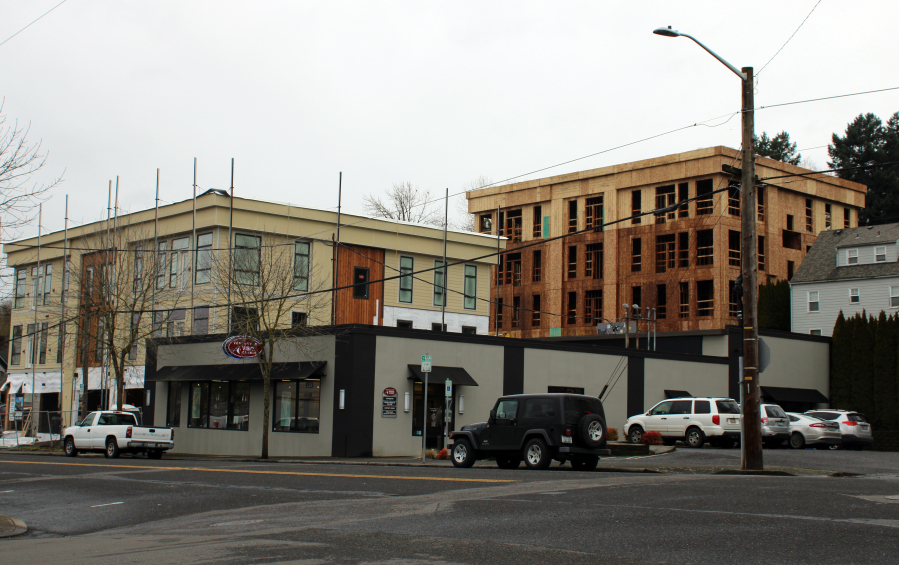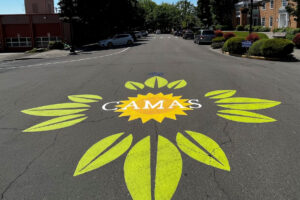In late February, just a few weeks before the COVID-19 pandemic and its statewide shutdowns upended everyone’s normal day-to-day life, the Camas City Council listened to a presentation about the apparent need for affordable housing in the city.
City leaders learned that the question, “Who needs affordable housing in Camas?” applied not only to the majority (72 percent) of city employees who earn 50 percent or less than the area’s median income, but also to nearly one-third of the city’s school teachers.
The statistics didn’t get as much play as they might have had the pandemic never happened.
Flash-forward seven months and the city has returned to its housing discussion.
Funded by a $100,000 grant from the Washington State Department of Commerce, the city is pulling together a detailed Housing Action Plan to review the types of housing available now in Camas and plan for more affordable, more diverse types of housing over the next 10 years.
Last week, dozens of community members took part in two public meetings on Zoom to help guide the city’s Housing Action Plan.



